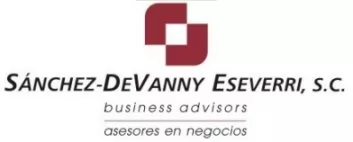Part I
Most of us have secrets, at least for a while. The question is, how can we protect them?
In the business world, secrets become relevant when they help us keep a competitive or economic advantage over others. We have all heard about Coca Cola's "secret formula" or about the KFC's "original recipe", but we rarely stop to think that our company may also have secrets that are of great importance to its daily activities.
In Mexico, it is possible to consider the following information as trade secrets: a) information of industrial or commercial application, that is kept secret; b) information that is useful to obtain or to maintain a competitive or economic advantage over third parties; c) information the confidence of which has been preserved by taking sufficient measures to keep it confidential; and d) information which is maintained with restricted access.
Some examples of trade secrets include: information regarding customer lists, marketing material or strategies, information concerning sales, professional presentations, suppliers, raw materials list, operation, formulas, recipes, business plans, accounting books and records, diagrams, software, and many others.
Nevertheless in order to protect our trade secrets it is extremely important to identify such information and be aware of the legal actions that must be taken to protect its illegal use or disclosure. It is very important to mention that the illegal use, disclosure and appropriation of trade secrets can be considered as a federal crime, grounds for a justified cause for dismissal of an employees and the possibility to claim compensation and the payment of harms and damages that can be no less than 40 percent of the market selling price of each product or services.
We should also be very careful and verify that we comply with the obligations to protect the rights of third parties. If we do not address them, the above actions can be exercised against us.
The following are common situations under which we can learn or be in contact with trade secrets:
- Through employment activities;
- By activities rendered as Advisors or Consultant; and
- Through business relationships, strategic alliances, partnerships or as clients.
The question we must ask is if we have established the proper measures to protect our secrets?
The most important steps to follow are to:
- Identify our trade secrets;
- Determine which of them must not be disclosed in any way to our competitors;
- Identify if we manage them as confidential; and
- Assess if we have maintained restricted access to them.
To be continued…
The content of this article is intended to provide a general guide to the subject matter. Specialist advice should be sought about your specific circumstances.

